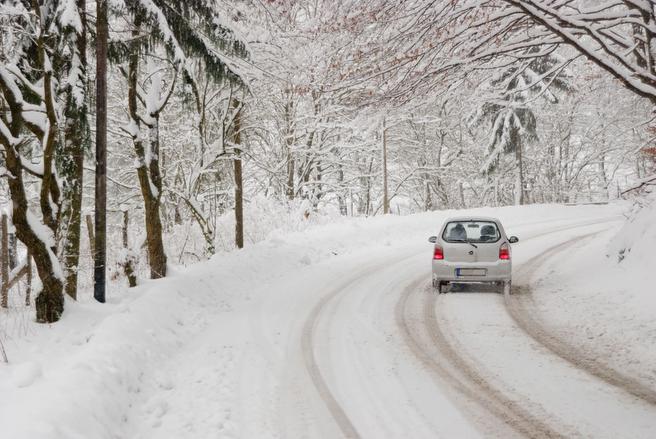RCMP remind drivers of safe winter driving pratices

As we are now in the middle of winter, RCMP in Nova Scotia is reminding motorists about the importance of adhering to safe winter driving practices.
“At this point we should be used to winter weather conditions, but that doesn’t mean motorists can let their guard down when it comes to their driving habits” says Nova Scotia RCMP Cst. Heidi Stevenson. “Adjusting your driving for the weather and road conditions is essential when it comes to winter road safety.”
The following are some important tips that motorists should always keep in mind, especially during the winter months.
Pre-trip preparations
Take the time to brush the snow from all of the windows, side mirrors, headlights and tail lights before attempting to drive. We’ve all seen those motorists who only clear a small area on the front windshield and then start driving. This is dangerous for them and for everyone else on the road. It’s also important to clear the snow from the hood and the roof. If not, there is a very real chance it will blow off on the highway and create hazardous conditions for anyone travelling behind. Police will ticket drivers who fail to clean off their vehicle properly.
Plan ahead
Before heading out, check to see what the current road conditions are and what type of weather you should expect. In Nova Scotia, motorists can call 511 for a list of current road conditions, or they can find them online at http://511.gov.ns.ca/en/. Motorists are also advised to make sure someone is aware of their travel plans, especially during times of inclement weather.
Drive according to road conditions
If the roads are slippery it will take more time and distance to stop. The simplest solution is to slow down. It is also important to leave a safe amount of distance between vehicles, especially on the highway. In winter driving conditions, more space is better when it comes to making sudden stops. Anyone who has ever been in a collision knows that an extra second or two can make a huge difference.
Know the limits of your vehicle
Many times, motorists driving four-wheel drive or all-wheel drive vehicles feel safer because of the improved traction and additional ground clearance. It’s important to keep in mind that your stopping ability is not improved. Four and all-wheel drive vehicles can reduce your chances of getting stuck, but they won’t help you stop any better during slippery conditions.
Turn on your lights
Visibility is already reduced with shorter days and poor weather, so the simple act of turning on your headlights can vastly improve your visibility to other drivers. Daytime running lights are required, but these do not activate your tail lights for those travelling behind you. Don’t count on automatic headlights, either, unless you test them frequently in a variety of light conditions.
Weigh the importance of the trip against the current weather conditions
When the weather is really bad, police often advise motorists to avoid traveling if possible. Not only is this safer, it makes it easier for plows to clear the roads and for emergency vehicles to get where they need to go.
